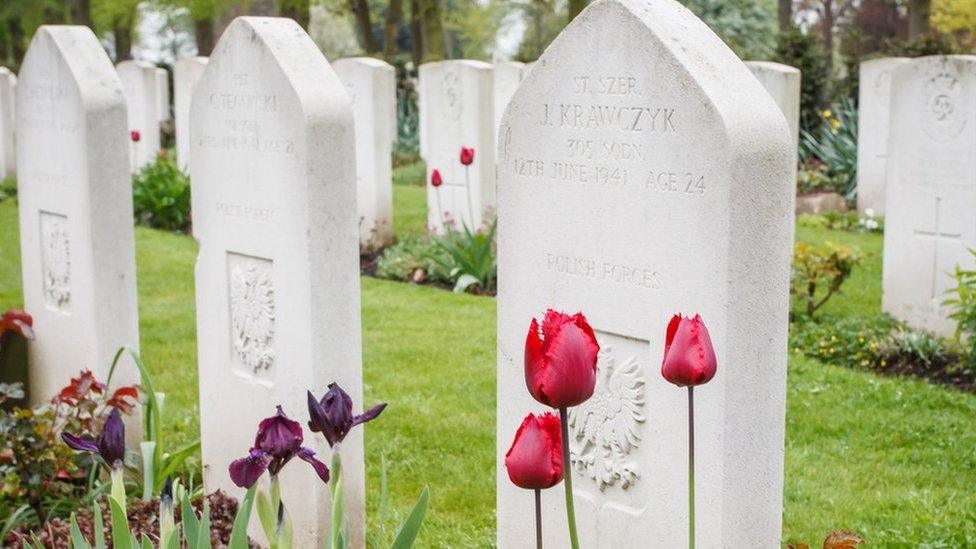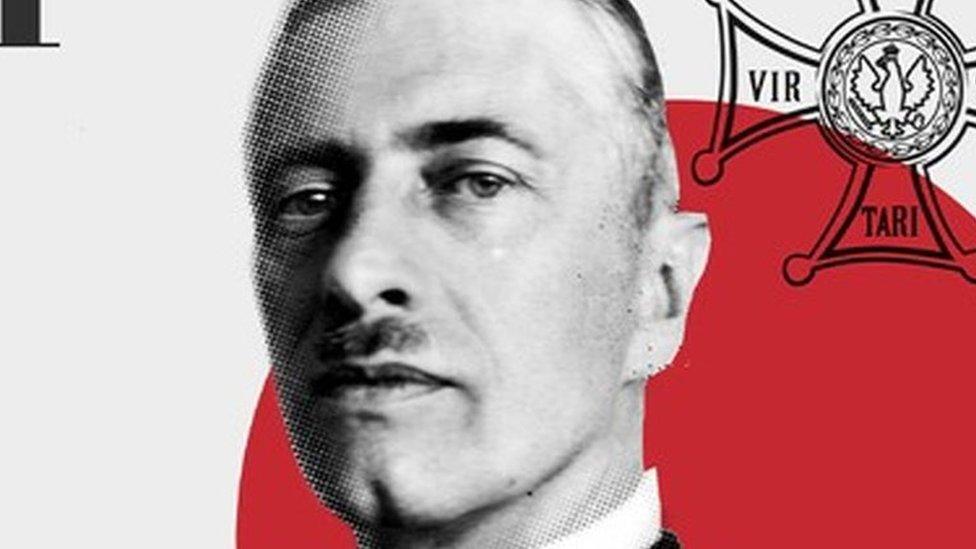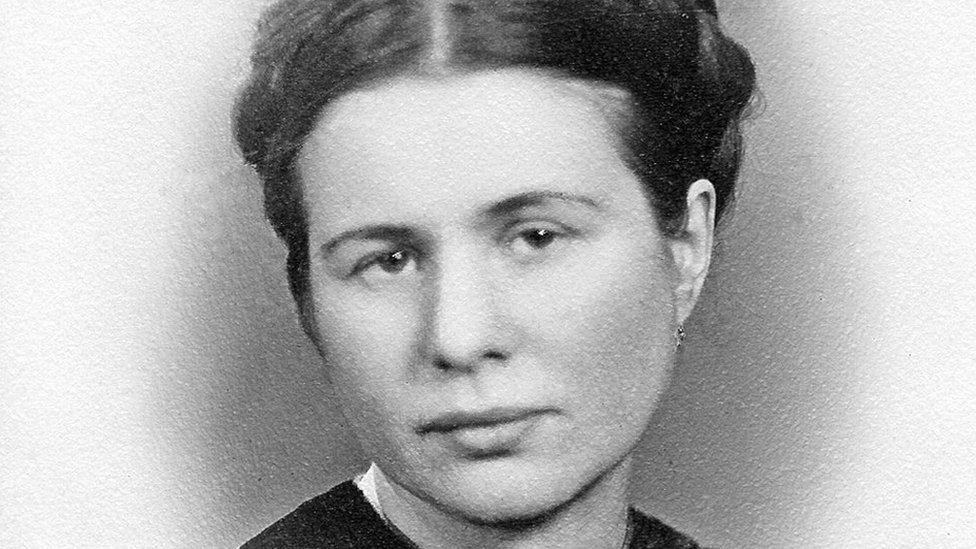Newark ceremonies to mark repatriation of Polish presidents
- Published

The Polish war graves section in Newark is the largest Polish plot of any cemetery in the UK
Ceremonies are to take place in the UK to mark the repatriation of three Polish presidents who are buried there.
The remains of Władysław Raczkiewicz, August Zaleski and Stanisław Ostrowski are buried in Newark-upon-Trent Cemetery, in Nottinghamshire.
The three are due to be returned to their homeland as part of an initiative to establish a mausoleum in Warsaw.
They were among six Polish presidents who led exiled governments during and after World War Two.
This included the post-war period when the country was occupied by the Soviet Union.
'Deeply moving'
The Polish ambassador Piotr Wilczek, who will be attending the event, said: "Władysław Raczkiewicz, August Zaleski and Stanisław Ostrowski were remarkable figures in Poland's resistance movement.
"Together with their governments and the émigré community, they were the key to keeping alive the Polish spirit, activity and identity during some of the darkest years in Polish history.
"They fought so hard for Poland's independence, yet none lived to see the country become a free nation in 1989. To see them return home after so many years will be deeply moving."

Poles in exile
The Polish government-in-exile was the legitimate state representation of Poland from the authorities' evacuation in 1939 until 1990. Reconstructed first in Paris, and from 1940 residing in London, it led the Polish war effort throughout World War Two.
Following the war, its existence gave hope Poland might one day regain independence.
In 1990, Lech Walesa became the first democratically elected president of post-war Poland.
The Polish war graves section in Newark is the largest Polish plot of any cemetery in the UK.
Commander-in-Chief and Prime Minister Gen Władysław Sikorski, who opened it in 1941 and was laid to rest there, was also exhumed and repatriated home.
Meanwhile, a statue of Polish woman Irena Sendler, who saved hundreds of Jewish children during the war, stands in Newark's Fountain Gardens.
Source: Newark Town Council

The ceremonies will begin later with a wreath-laying in the cemetery followed by a memorial mass at the St Mary Magdalene Church and an event at Newark Town Hall before the remains of the presidents will depart for Poland.
The repatriation is taking place as part of an initiative to establish a mausoleum of the Polish presidents-in-exile in Warsaw.
Among those attending the event will be Newark town mayor Laurence Goff, Jan Dziedziczak, the Polish government's plenipotentiary for Poles abroad and Wojciech Labuda, the Polish Prime Minister's plenipotentiary for memorial site protection.

Władysław Raczkiewicz served as the Polish president in exile during World War Two
Guests will also include representatives of Poland's defence ministry, families of Polish presidents-in-exile and the last surviving member of the Polish government-in-exile, Tadeusz Musioł.
Mr Goff said: "As mayor of Newark, I am especially proud of Newark's strong connections with Poland.
"It will be a real honour and privilege to be representing Newark throughout the various events planned to mark the repatriation of these three presidents in exile.
"I also look forward to continuing to celebrate Newark's respect and appreciation for our Polish links as we plan for the creation and installation of a statue of General Sikorski in Newark Cemetery which is expected to be officially unveiled next year."

Follow BBC East Midlands on Facebook, external, Twitter, external, or Instagram, external. Send your story ideas to eastmidsnews@bbc.co.uk, external.
Related topics
- Published26 June 2021
